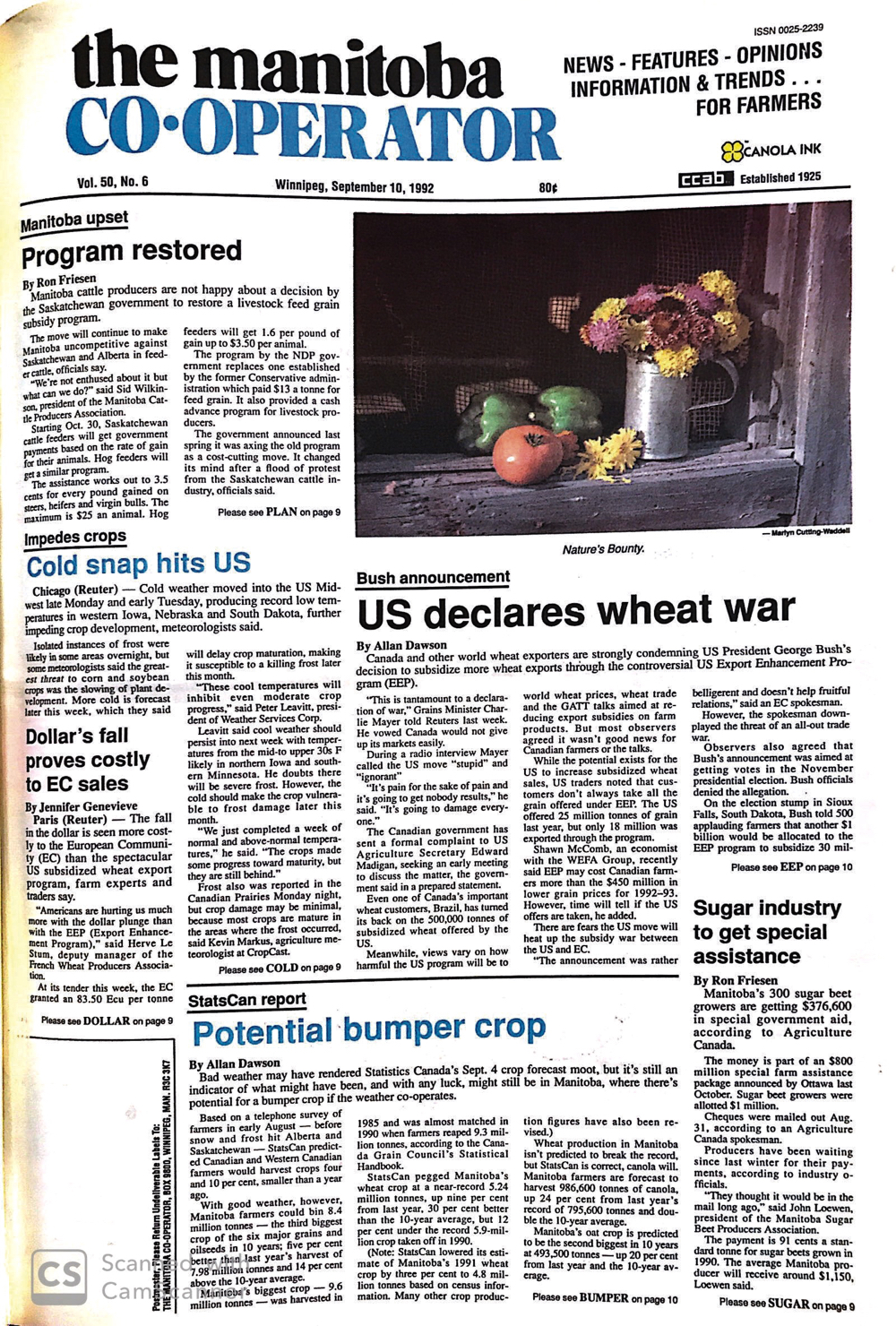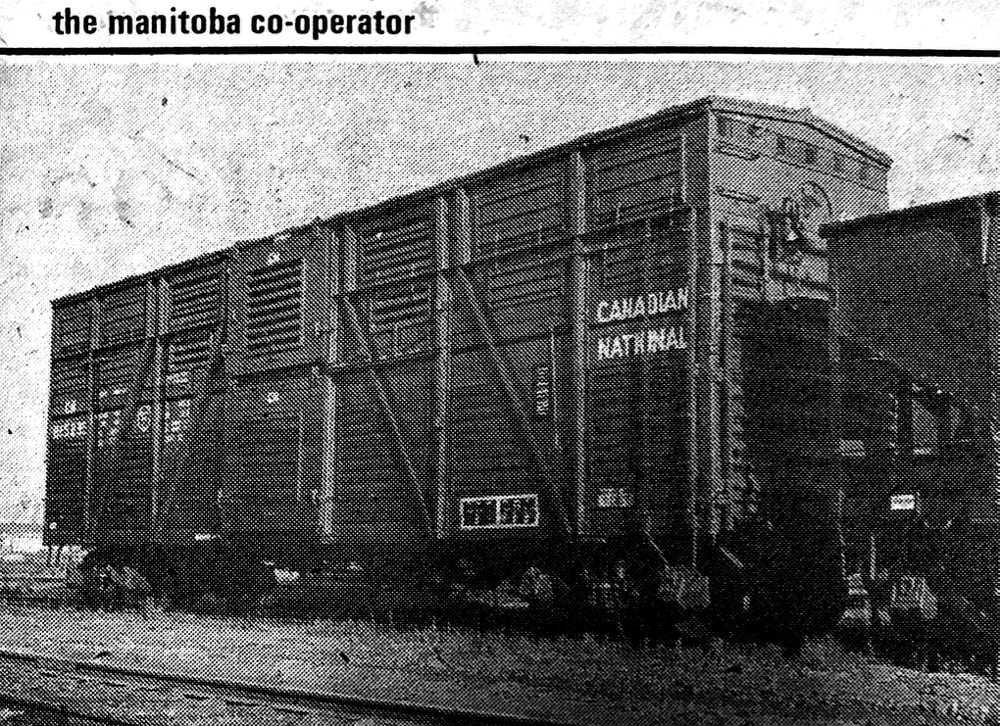Some things have changed, others haven’t. In July 1981 you could “Say goodbye to high finance costs” with rates of 12 to 14 per cent, although those were much lower than the 24 per cent that Manitoba Pool was charging on unpaid farm supply accounts.
But on the same page was a story quoting a Cargill analyst forecasting cash corn prices at between $3.15 and $3.40 per bushel. At the beginning of this month the average Iowa cash corn price was $3.10. That was based on a seven-billion-bushel corn crop. Last year’s was 14.6 billion bushels.
Read Also

Do the math on replacement heifers
Beef farmers should know what it costs them to raise a replacement heifer and, based on that, decide the best replacement strategy to grow both their herd and their profits.
That month the wheat board had released lower initial payments for the new crop year, with 1 CWRS at $4.75 and feed barley at $2.70 per bushel, and elevators were congested as farmers rushed to deliver before the end of the crop year. They needed to visit the elevator if they wanted to deliver in the new crop year — another postal strike was on that month and permit book applications (and Co-operators) were only available at the elevator.
Former Soviet Union countries are now Canada’s biggest export competitor, but that month the wheat board announced a Soviet sale of 1.4 million tonnes of wheat and 910,000 tonnes of barley to be delivered from August through October. However, delivery was threatened by prospects of a potential strike at Thunder Bay, where labour-management negotiations with terminal operators had broken off July 16.
The crop report for July 23 said Manitoba crops were maturing well, but there was concern over leaf rust on some wheat varieties. It was hoped that Columbus and Benito, two new varieties with better resistance, would be available for 1982.



















